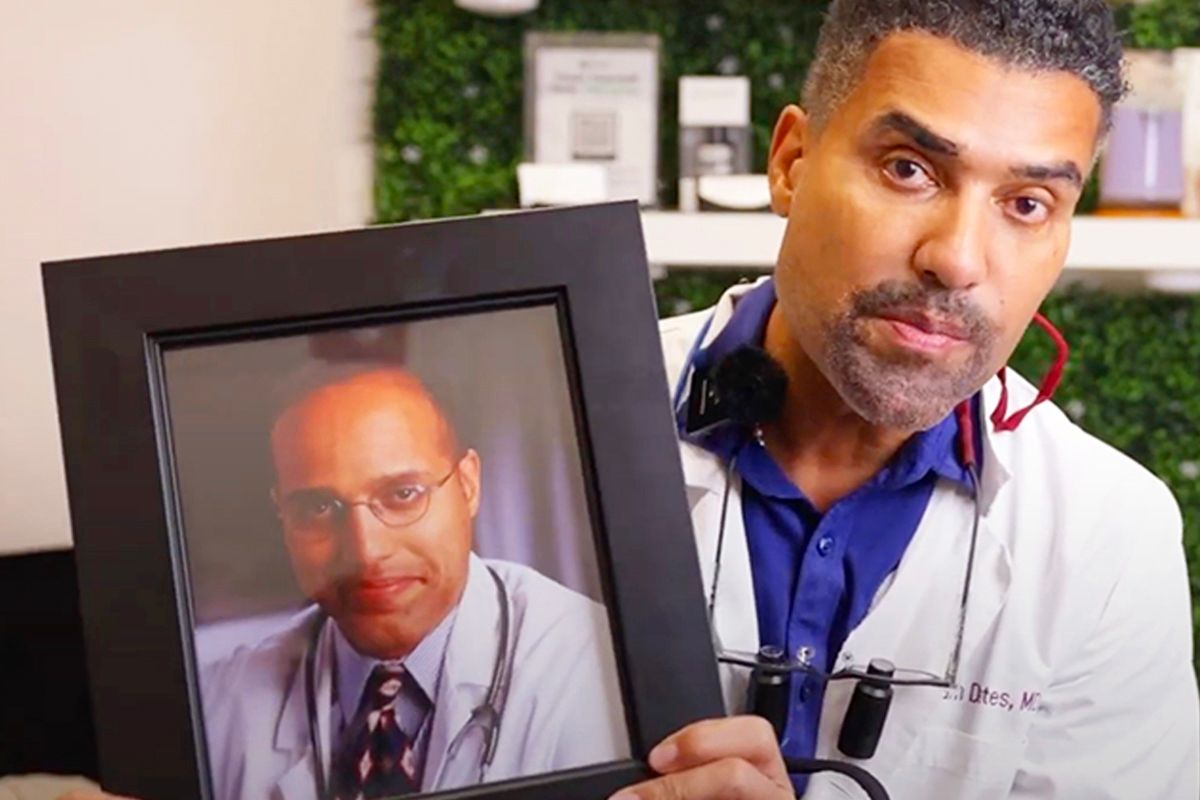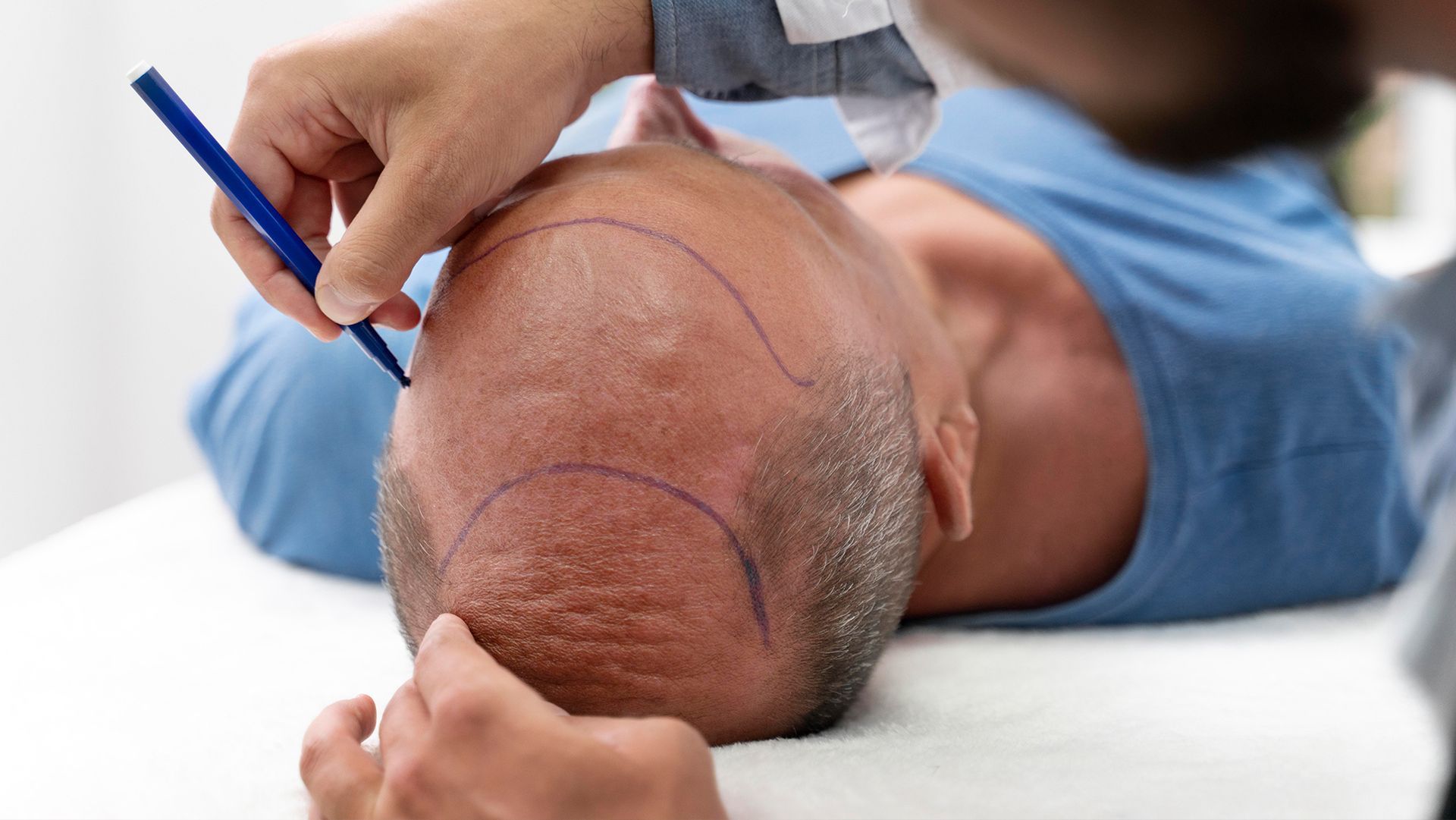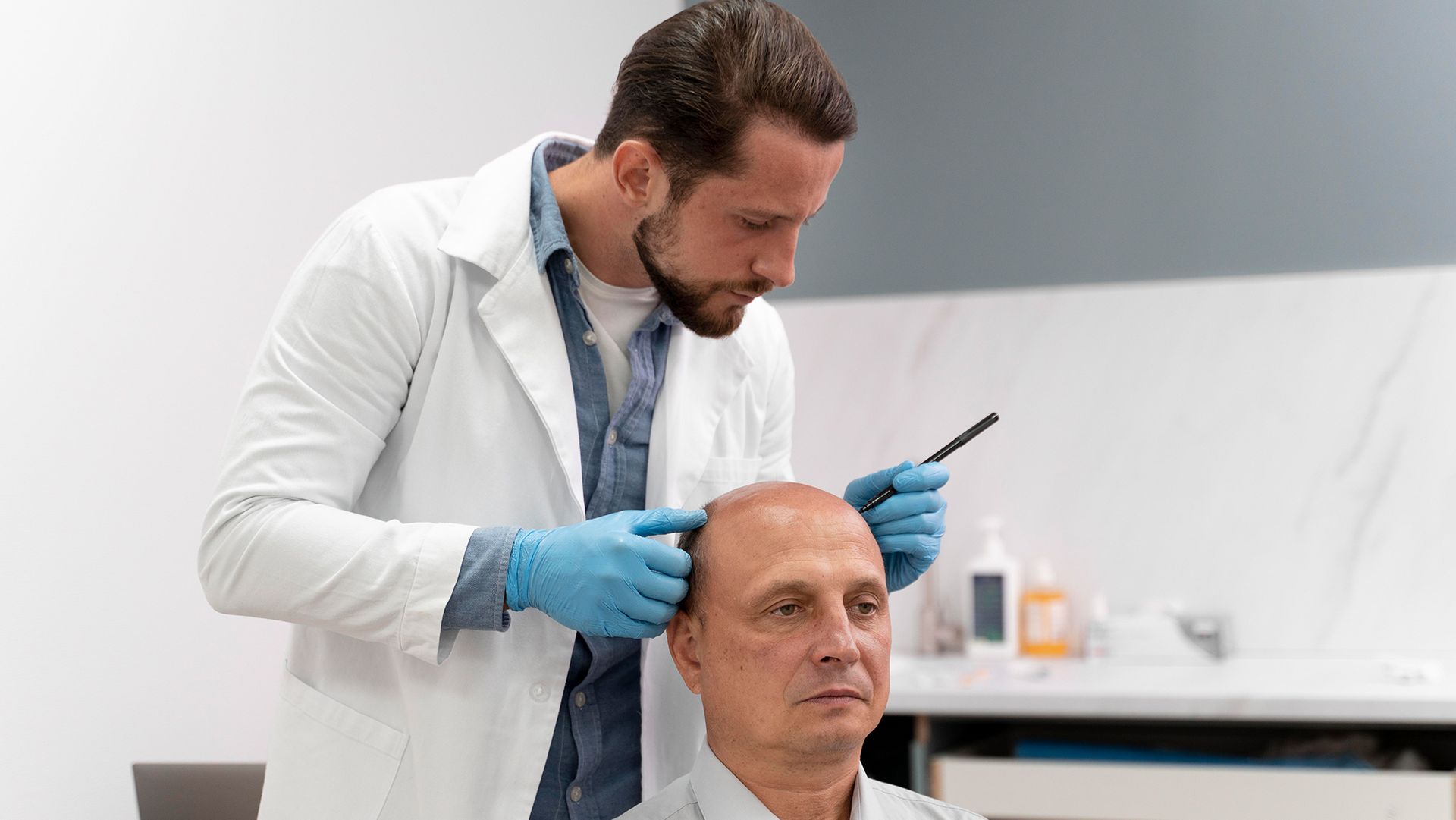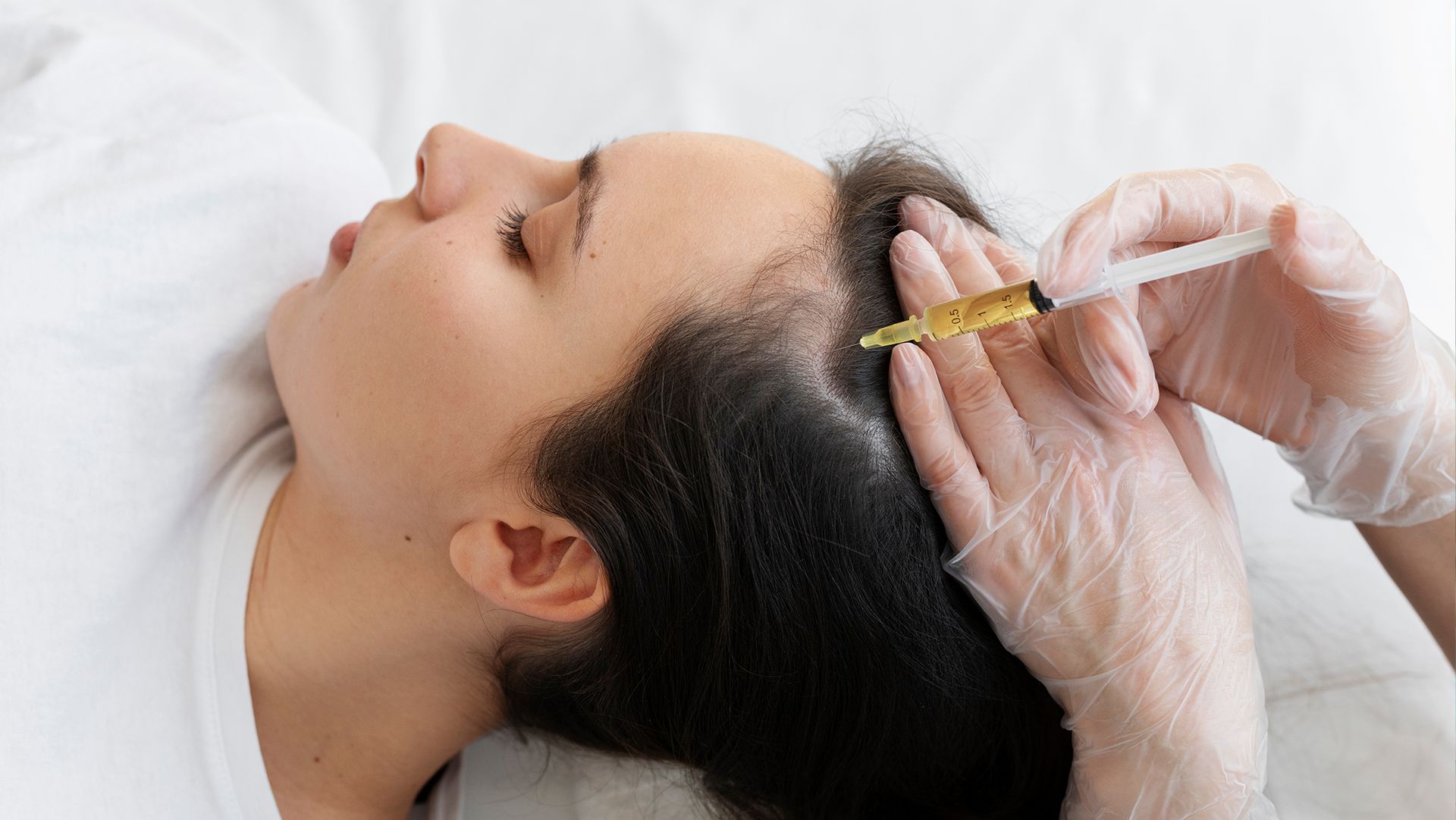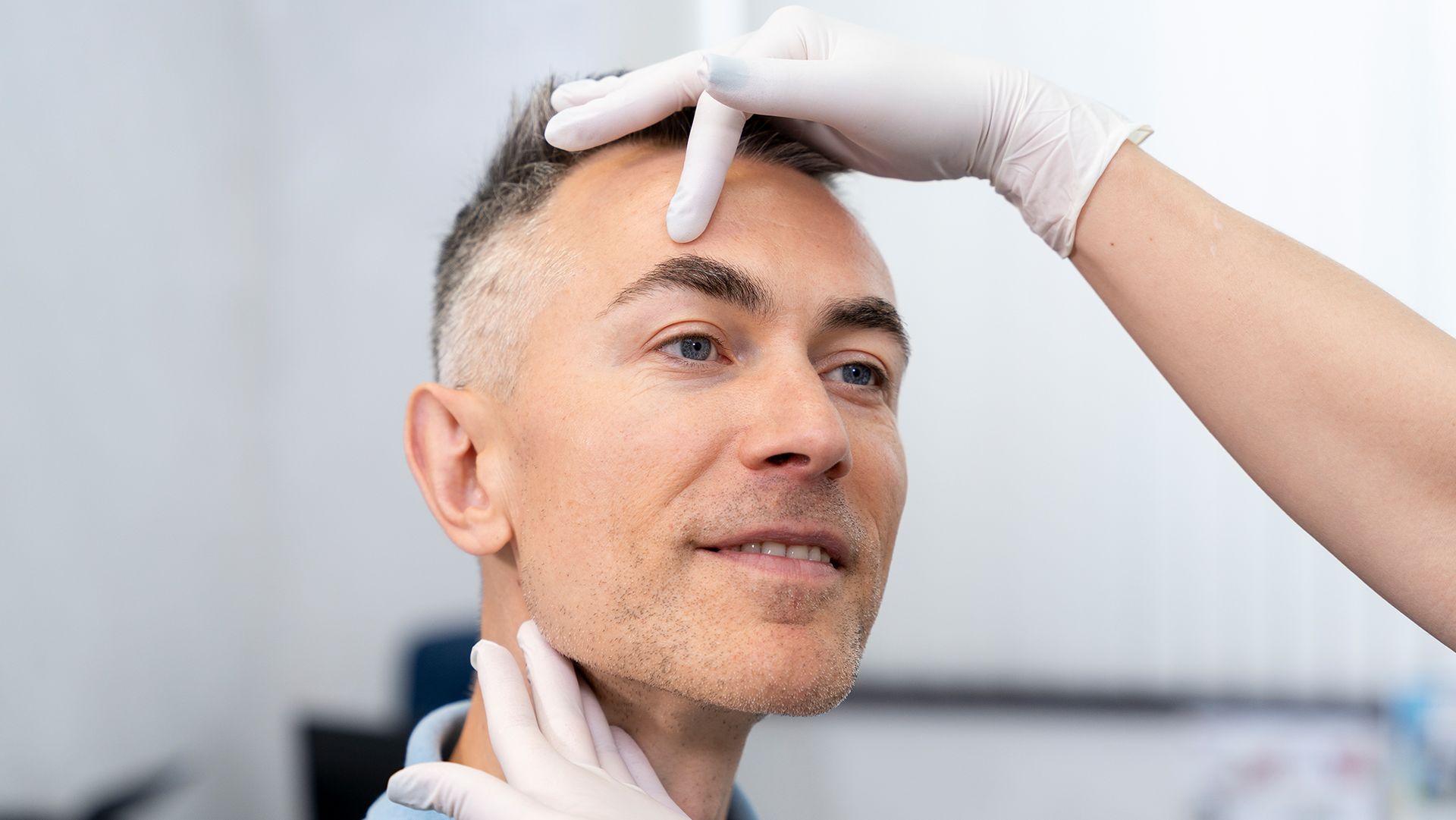The Norwood Scale: Understanding the Seven Levels of Hair Loss

Hair loss doesn’t happen in the blink of an eye. In fact, it happens gradually. Because of this, most experts recommend learning about the common signs.
But besides this, you might wonder, how can you be sure you’re experiencing severe hair loss? That’s exactly what the Norwood Scale is for.
Keep reading to learn about the Norwood Scale to help you understand the levels of hair loss.
What is the Norwood Scale?
The Norwood Scale refers to a system that categorizes the stages of pattern baldness. Although it was originally developed in the 1950s, the revised version is commonly used to this day.
The scale mainly measures the progress of hair loss in different stages. So, the higher the numbers on the scale, the more severe the degree of hair loss.
Generally, 1 implies little to no noticeable hair loss while 7 means near to total hair loss, usually when only the hair around the sides of the head remains.
What are the Seven Levels of Hair Loss?
According to the scale, there are seven levels of hair loss. Through this, you can identify the degree of your condition, even as a general estimate.
You should still consider that other factors can cause your hair to fall out. To get accurate results, it’s necessary to consult a
hair loss professional.
Even so, the said levels are as follows.
Stage 1
The first stage usually represents the normal condition of your hair. It means a proper hairline according to your age and regular maturation.
Note that it doesn’t necessarily mean you don’t experience hair loss at all. It’s normal to lose up to
a hundred strands a day. Still, it doesn’t immediately mean you’re balding.
Stage 2
In the second stage, you will notice signs of a receding hairline. These often appear like triangular spots on the forehead. Hair loss at this level is still not considered balding.
Most say that this is the best time for intervention if you want to prevent further damage to your hair, especially because it’s highly treatable. A common solution is the use of hair loss medications that keep more of them from falling off or strengthening your existing hair.
Stage 3
You might notice more hair loss in areas above your temples and forehead when you reach the third stage. The hairline also begins to look like an M, U, or V shape. It’s also the stage when you begin to experience hair loss at the crown.
This is the stage where balding starts. So, hair transplant can become a viable option, next to medications and other treatments. However, it’s important to consider different factors before the transplant, including age and family history.
Stage 4
The fourth stage ensures balding much more, particularly because it becomes more visible at the crown, temples, and front facial areas. At this stage, you might notice noticeable divides or thinner spots.
When you get a hair transplant at this stage, you may be able to experience bigger changes because of the severity of the condition. Medication can also maintain the results of the transplant.
Stage 5
In the fifth stage, most of the hair at the frontal area and crown would be thinning or lost. There will also be a noticeable split between the crown and the top of your head. So, it appears like the bald spots are merging.
This is one of the common stages when people get a hair transplant, especially because medication and lighter treatments may not be enough.
Stage 6
You will find a large bald spot on your head from the top of your head to the crown at the sixth stage. At this time, some of the hair at the sides of your head remains.
While it’s possible to get a hair transplant at this level of hair loss, the results may be limited to the amount of donor hair you have left. Keep in mind that it may require more work to get your desired results in this case due to the given limitations.
Stage 7
The seventh stage is when hair loss is the most significant. Usually, only the hair at the base of the head remains, creating a horseshoe-shaped band around the scalp. Depending on the condition, it can lead to complete hair loss.
While it’s still possible to get a transplant, you might have to choose specific areas to restore hair due to the lack of hair follicles in the donor area. Although it’s more difficult to achieve complete hair restoration, it’s possible to cover up the critical areas. A few recommended points of focus include the frontal area or crown.
When to Get a Hair Transplant for Hair Loss
A hair transplant is one of the best ways to restore hair regardless of the stage you’re at. It’s because it guarantees a long-term solution and effective hair regrowth.
The downside is that it requires you to have enough follicles from the donor area. Otherwise, it limits the amount of hair your surgeon can implant. And so, it makes it challenging to achieve a full head of natural hair.
Because of this, many recommend consulting a professional and being clear with your goals to find a better alternative. Usually, a solution to the lack of donor hair is pairing the transplant with
other hair restoration treatments or methods.
The Bottomline
You can determine the severity of your hair loss at a glance with the help of the Norwood Scale. The system identifies different levels of hair loss based on specific symptoms.
While hair transplant is a common restoration method for many, it may not always be the best choice, depending on your condition. In specific levels, mainly from stages six to seven, it becomes more difficult to restore hair due to the limited amount of donor hair available.
Still, it works as an effective way to address the balding and ensure a long-term solution to your condition.
